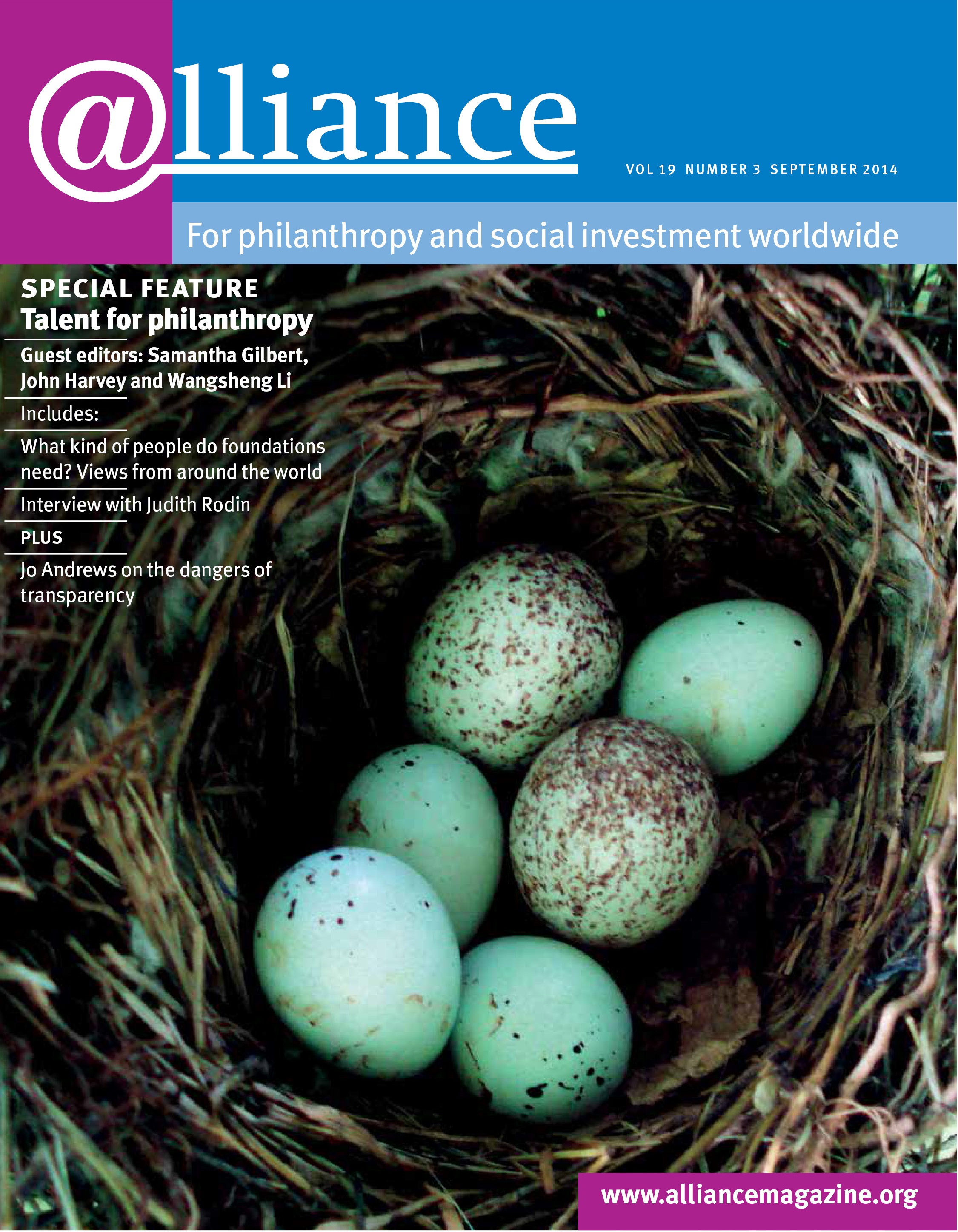How to prove the value and business case for diversity? How to ensure the workplace is inclusive? How does it assist philanthropy in serving the greater good? How can we make diversity and inclusion a reality in our organizations’ practices and culture? This has been a long-standing conundrum across the globe.
Diversity in its broadest definition highlights the various ways we are different in the workplace, including race, ethnicity, nationality, gender, sexual orientation, tribal status, age, physical ability, economic background and more. It also encompasses the unique experience that we each have such as educational background, career path, communication or leadership style, marital status, and military and life experiences.
Some of these differences we were born with and some are social constructs, but they all yield a treasure trove of ideas and actions that can be applied to every aspect of an organization’s business and strategic focus. Inclusion puts diversity in action by combining diverse individuals, resources and backgrounds in a way that is advantageous to all levels of an organization. One example of how diversity plays out in the workplace could be seen in the composition of a work group for a project or a board. Inclusion could be seen as making sure you involve members of every department in providing feedback on the organization’s new strategic plan.
While a truly inclusive environment is naturally diverse, a diverse environment is not necessarily inclusive. The key is the extent to which individuals from diverse backgrounds actually participate in the decision-making process.
Why the call for increased diversity and inclusion in philanthropy?
Local, national and global demographics are changing rapidly. We are working in an increasingly globalized economy with a growing multicultural workforce. In order for the philanthropic sector to remain relevant to the communities it serves, diversity and inclusion must be seen as business priorities.
While many think the need for incorporating diversity and inclusion practices is based on fairness, the real business need is to improve productivity, maintain and increase profits, and remain competitive. The same thinking applies to philanthropy. In order to meet the current and future needs of grantees and beneficiaries, philanthropy must understand their thinking, challenges, culture and even decision-making processes.
Diversity and inclusion are not just of concern to heterogeneous societies; they are important across all societies. James Surowiecki, author of The Wisdom of Crowds, offers the idea that groups comprising diverse perspectives engage in a more thoughtful deliberation over facts, and arrive at better and more accurate conclusions. Diverse groups promote creativity and innovation, and make better and smarter decisions than homogeneous groups.
On the other hand, organizations that do not have diversity and inclusion practices in place may see higher staff turnover and lower productivity, leading to loss of valuable talent and higher costs for the organization.
Role of diversity and inclusion in talent and organization management
Voices that represent the demographic changes seen across the globe are necessary in order for us to make the best decisions for our organizations. This begins with developing a diverse, fully inclusive and culturally competent workforce that can fulfil the organization’s mission.
Willingness to incorporate diversity and inclusion into human resources policies allows organizations to recruit the best people, since many highly qualified candidates from diverse backgrounds are attracted to organizations with a focus on a strong and diverse workforce.
On the retention side of the equation, having a good diversity initiative in place builds commitment, increased productivity and sometimes loyalty – all important returns on staff investment. Such an initiative might provide training and education programmes, policies that mandate equity for all employees, and other strategies that support a diverse and culturally competent workforce
Diversity and inclusion must also be considered at the leadership and governance levels. Malcolm Gladwell points out that effective leadership requires the ability to seek diverse perspectives and integrate those diverse perspectives into leadership decisions. A lack of diversity in your organization prevents your leaders from leading effectively.
Many organizations also apply their diversity and inclusion practices when it comes to selecting vendors and consultants, engaging volunteers and even investment practices. They understand that diversity and inclusion as business practices have a positive impact on the operations and administration of the organization.
When diversity and inclusion are part of the organizational culture, all the sectors and areas may incorporate in a more natural way the principles and practices related to it – it is one way that the teams learn with the organization of which they are part. Equally, these practices may influence the internal culture in a very positive way, making the organization even more open to differences and innovative in its governance, strategies and decision-making processes.
Ultimately, fostering a more diverse and inclusive workplace where unique capabilities, experiences, beliefs and backgrounds are encouraged and supported allows for better donor and community relations and better business decisions by the organization.
How to get started
A diversity and inclusion programme needs to suit the organization in question. The goal is to begin where you are and make the concentrated effort to integrate principles of diversity and inclusion throughout your organization. Here are some examples of ways to start:
- Conduct a self-assessment of what diversity and inclusion means to your organization and develop an organization-wide diversity and inclusion statement that supports that definition.
- Include diversity and inclusion as part of your strategic planning conversations.
- Establish goals for workforce diversity and implement recruiting and retention strategies (at staff, board and CEO levels).
- Analyse all organizational policies to identify whether diversity and inclusion are present and propose revisions if necessary.
- Ensure that working groups/task forces consist of people with different profiles.
Advancing diversity and inclusion is not simply a matter of morality or civic responsibility; it is essential to the work we do in philanthropy to positively affect the lives of the diverse individuals who make up the societies in which we live and whom we serve.
Ericka Plater-Turner is senior director, Member Experience, Diversity and Inclusion at the Council on Foundations. Email Plate@cof.org
Marcia Pregnolatto is director of human development, AVINA. Email Marcia.Pregnolatto@avina.net
Additional resources
Championing Diversity: Opportunities for the European Foundation Sector
European Foundation Centre
Ten Ways for Community/Independent/Family Foundations to Consider Diversity and Inclusive Practices
Council on Foundations





Comments (0)